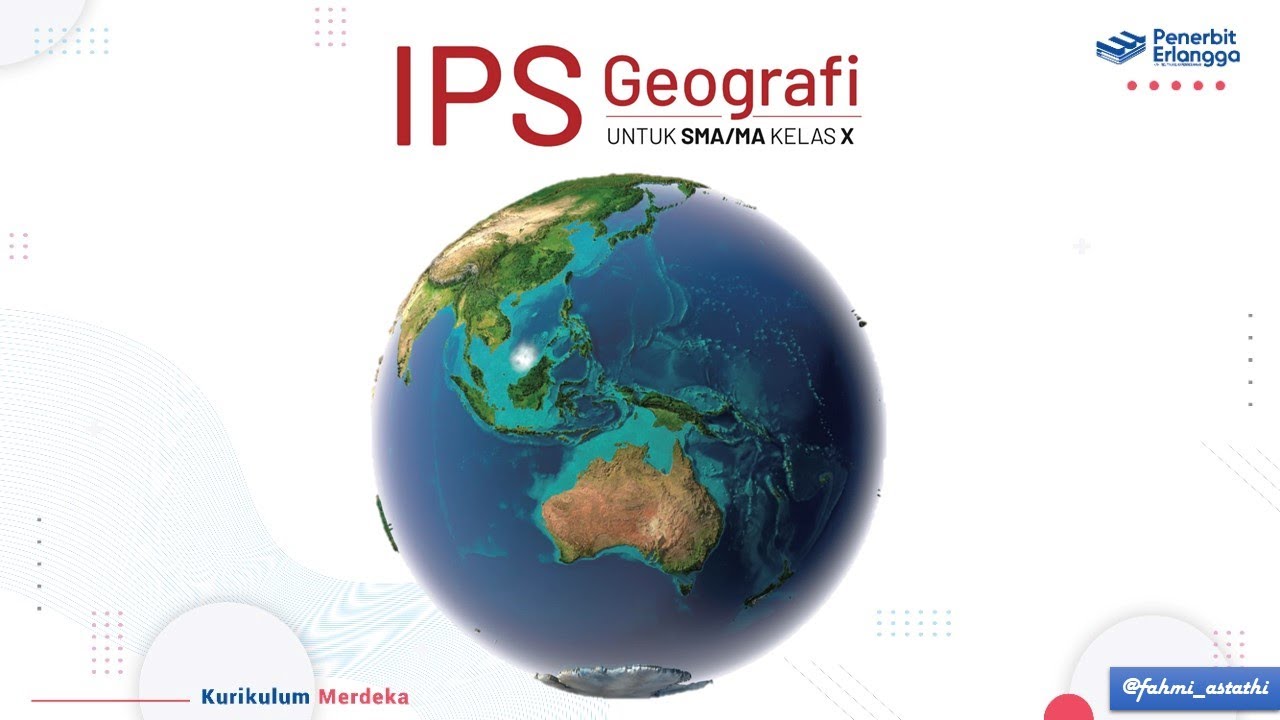Intorduction to HRIS
Summary
TLDRThis video provides a comprehensive overview of Human Resource Information Systems (HRIS), covering its definition, implementation, and future. It explores how HRIS manages data to enhance decision-making in HR processes, from transactional to transformational activities. Key topics include data management, knowledge interpretation, relational databases, cloud computing, security threats, and best practices. The video also highlights the role of HRIS in improving reporting accuracy, reducing costs, and enhancing internal services, while addressing the challenges of implementation and the importance of security in today's evolving HR landscape.
Takeaways
- 💻 HRIS is a computerized system designed to provide accurate data for control and decision-making in human resource management.
- 🗂 HR activities can be categorized into transactional (benefits, recordkeeping), traditional (recruitment, compensation), and transformational (knowledge management, strategic redirection).
- 📊 Data is the lifeblood of an organization, and proper data management is essential for smooth operations and decision-making in HR.
- 📚 Knowledge in HRIS is derived from data and information, and involves knowing how to use it for decision-making and conducting business.
- 🗃 A DBMS (Database Management System) helps organizations manage data by identifying, organizing, and securing necessary information for HR decision-making.
- 🔑 Entities and attributes in a relational database model help in organizing HR data effectively, reducing redundancy, and ensuring data accuracy.
- ☁️ Cloud computing allows companies to use remote servers for data and application management, reducing the need for large capital investments in hardware and software.
- 🛠 HRIS can be integrated with multiple software solutions, known as 'best of breed,' allowing companies to choose the best tools for specific HR functions.
- 📈 HR dashboards provide real-time, summarized data for HR metrics and decision-making, allowing managers to drill down for detailed analysis.
- 🔐 Security is critical in HRIS, requiring strong information security policies, encryption, and regular checks to protect sensitive data from internal and external threats.
Q & A
What is an HRIS and what are its core functions?
-An HRIS (Human Resource Information System) is a computerized system that provides current and accurate data for control and decision-making. Its core functions include storing, processing, and retrieving employee-related data, enabling efficient management of HR activities such as payroll, recruitment, benefits, and performance management.
What are the three broad categories of HR activities mentioned in the script?
-The three categories of HR activities are transactional (e.g., benefits administration, recordkeeping), traditional (e.g., recruitment, training, performance management), and transformational (e.g., knowledge management, strategic redirection, cultural change).
How does the script differentiate between data, information, and knowledge?
-Data are raw facts, such as the hiring date or employee salary. Information is the interpretation of data, such as calculating total headcount. Knowledge goes beyond what and why, focusing on how to use information to make decisions and manage business processes.
What is a DBMS and how does it assist HR management?
-A DBMS (Database Management System) is a set of software applications that allows organizations to manage and organize data. In HR, it helps by defining, storing, and integrating data needed for decision-making, ensuring data quality, and restricting access to sensitive information.
What is the importance of primary keys in relational databases?
-Primary keys are unique attributes used to identify individual entries in a table, such as Social Security Numbers for employees. They help establish relationships between tables, ensuring accurate data organization and eliminating redundancy.
How has cloud computing impacted HRIS solutions?
-Cloud computing allows companies to access data and applications through remote servers, reducing the need for maintaining in-house infrastructure. It lowers software and hardware costs and enables scalable, on-demand access to HR solutions.
What are some benefits of adopting a 'best of breed' approach in HR systems?
-The 'best of breed' approach allows organizations to choose the best software for specific HR functions, such as time tracking or payroll. This approach can enhance efficiency, though it may require more complex integration of different systems.
What role does an RFP (Request for Proposal) play in selecting an HRIS vendor?
-An RFP outlines an organization's requirements and goals for an HRIS, helping vendors tailor their proposals. It simplifies the vendor selection process by providing a consistent format for evaluating various software solutions.
What are some common security threats to HRIS, and how can organizations mitigate them?
-Common threats include human error, disgruntled employees, external hackers, and natural disasters. Organizations can mitigate these risks through comprehensive security policies, encryption, proper document disposal, updated firewalls, and staff training on information security.
Why is data integrity crucial for HRIS, and how can it be maintained?
-Data integrity ensures that data remains accurate and consistent over time, which is essential for reliable HR decision-making. It can be maintained through proper system maintenance, regular data audits, and error prevention during data entry.
Outlines

This section is available to paid users only. Please upgrade to access this part.
Upgrade NowMindmap

This section is available to paid users only. Please upgrade to access this part.
Upgrade NowKeywords

This section is available to paid users only. Please upgrade to access this part.
Upgrade NowHighlights

This section is available to paid users only. Please upgrade to access this part.
Upgrade NowTranscripts

This section is available to paid users only. Please upgrade to access this part.
Upgrade NowBrowse More Related Video

Module 14 - Video 1 - HR Information Systems

SISTEM INFORMASI GEOGRAFIS (SIG) #geography #education #kurikulummerdeka

Enterprise Resource Planning (ERP) in 15 minutes

Manajemen Sistem Informasi Kesehatan

PENGANTAR MANAJEMEN PROYEK SISTEM INFORMASI | Pertemuan 2

Video Pembelajaran PERDAGANGAN INTERNASIONAL
5.0 / 5 (0 votes)